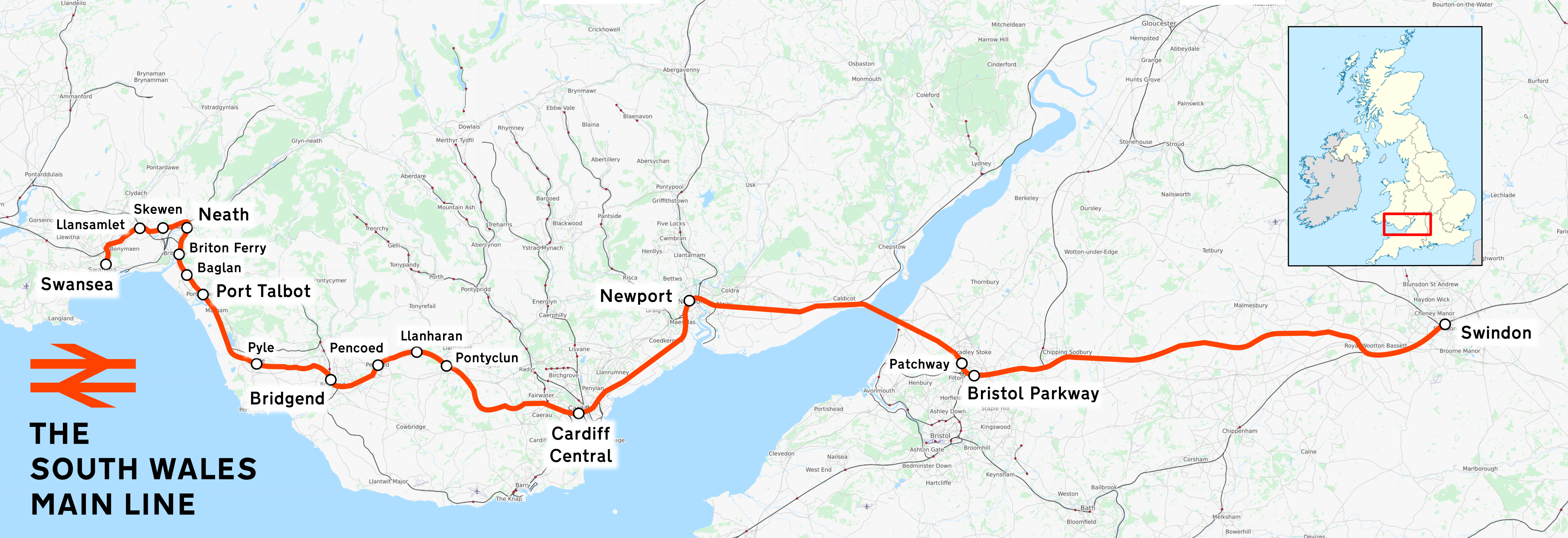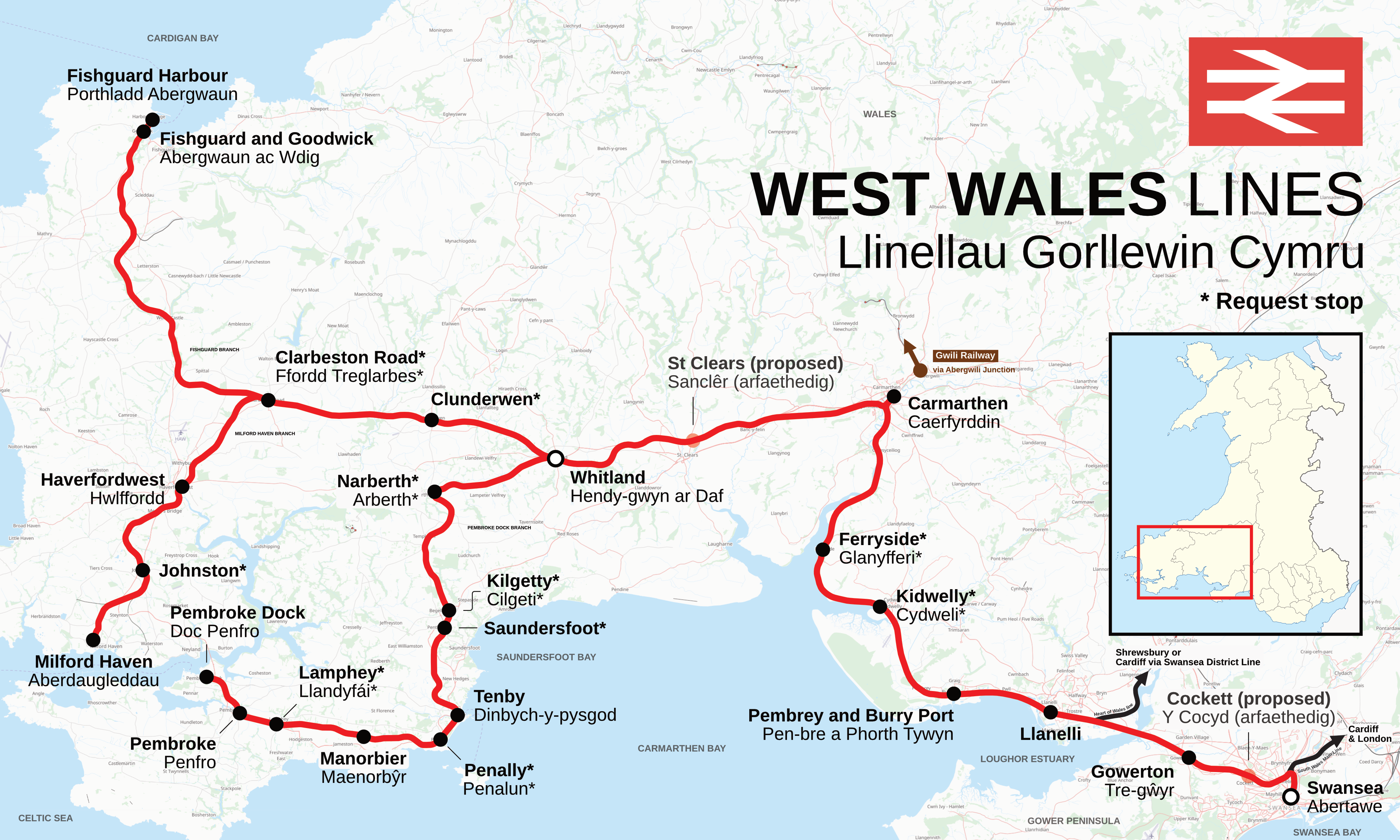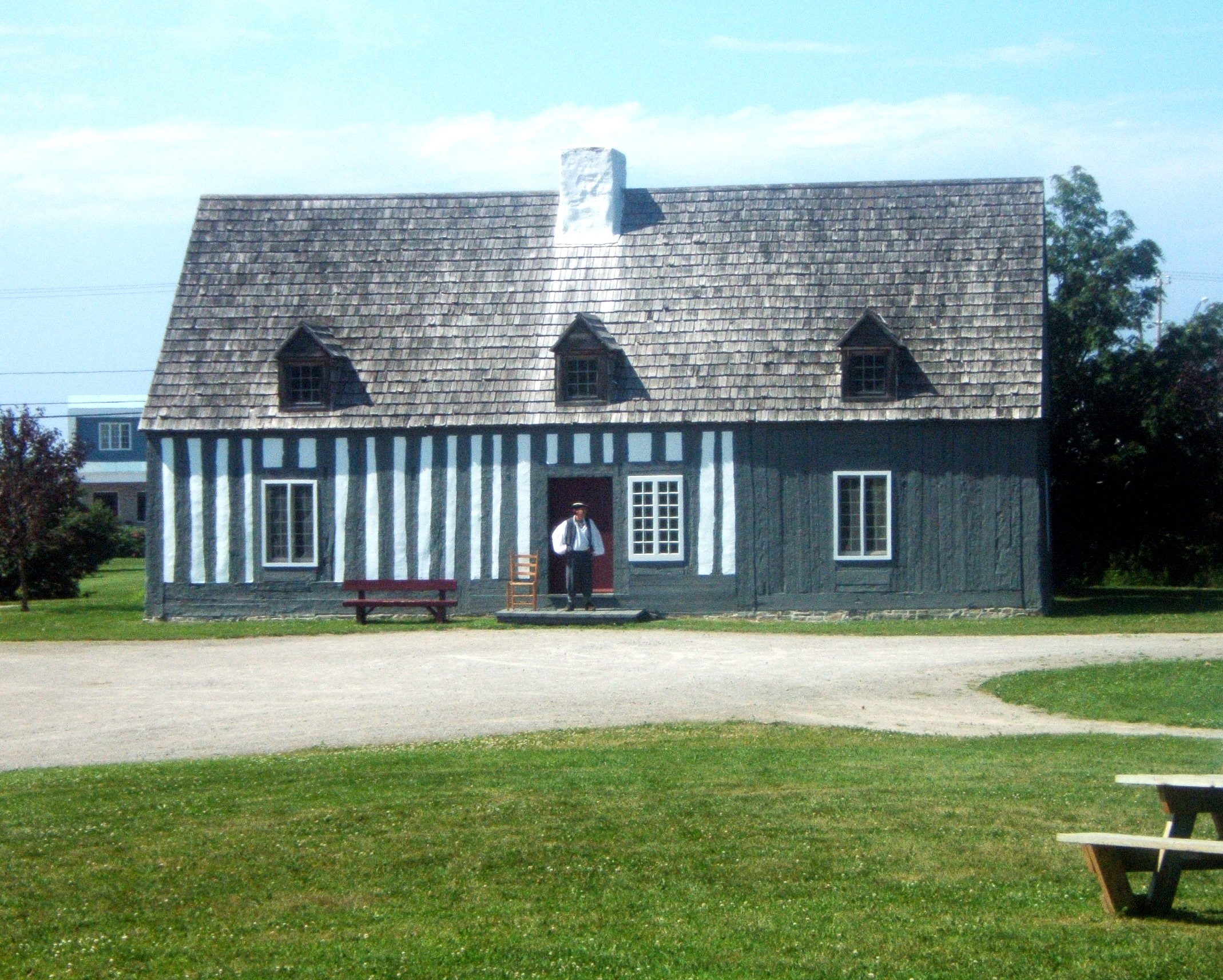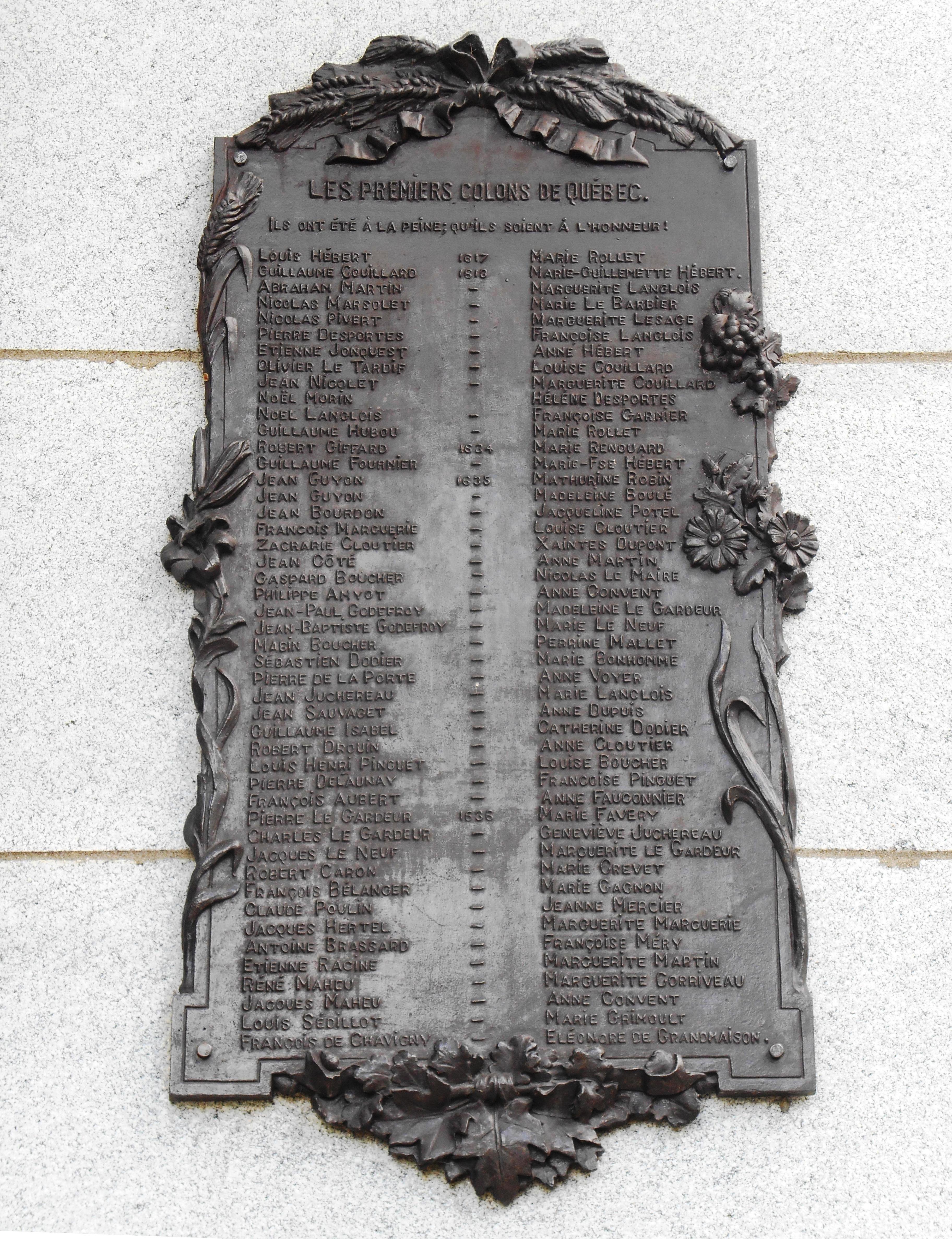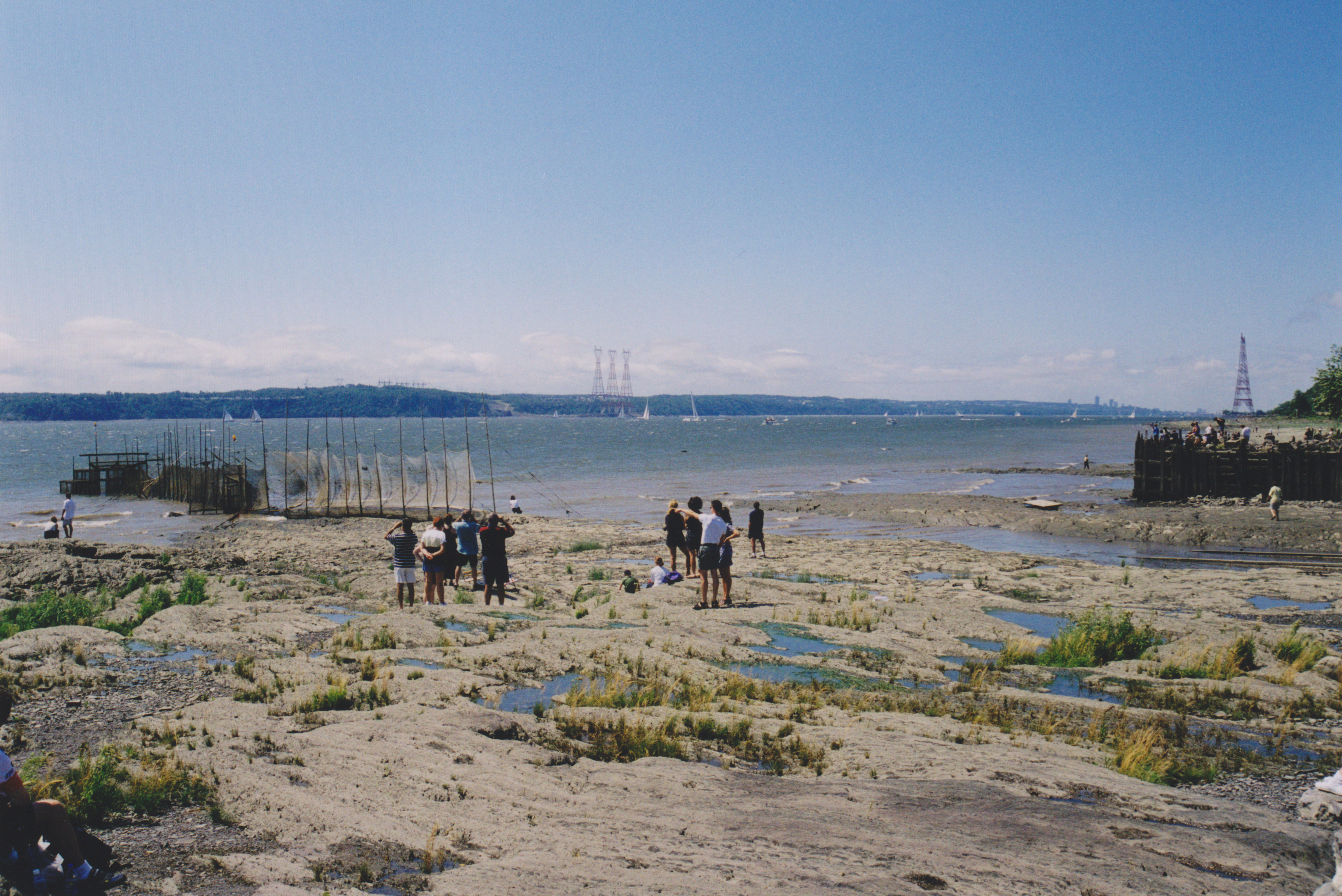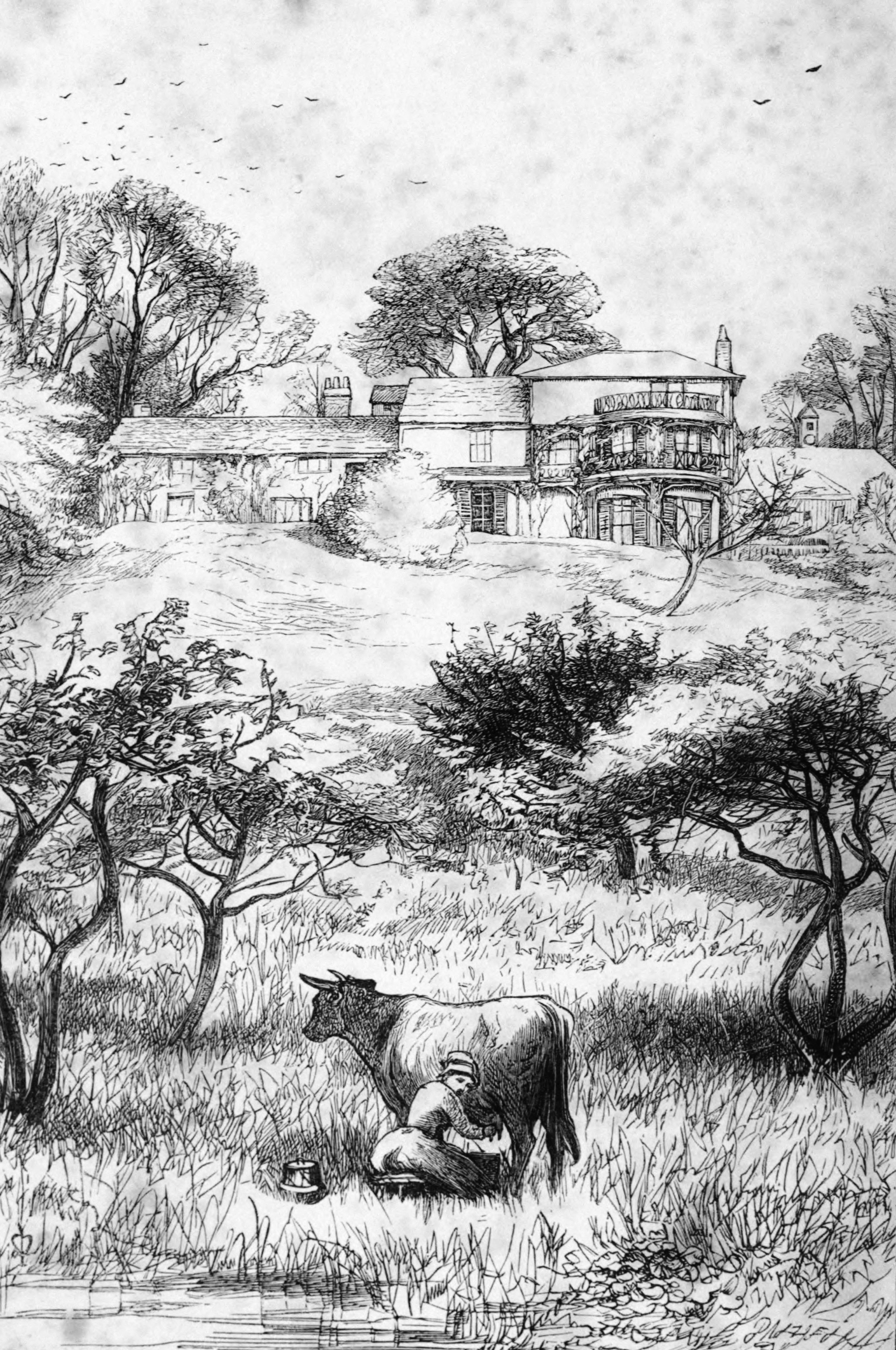|
Mail Tender
A mail tender is a small steamboat used to carry mail. As a tender it only carries mail for short distances between ship and shore, ferrying it to and from a large mail steamer. The use of tenders for loading passengers and their luggage was well established even before the Edwardian heyday of ocean liners as the major means of intercontinental transport. They avoided the need to wait for these large ships to enter harbour and be docked, sometimes involving the wait for suitable tides. Tenders were also used by intermediate ports, where they could stand out to sea beyond a harbour bar and exchange passengers, without the large ship needing to enter port. In the Victorian times of several postal deliveries a day, speed was of the essence in transporting mails and the slightest time advantage would be seized upon. Passenger tenders such as the could be quite large, being able to ferry 1,000 passengers – a comparable number, although a shorter journey, to the liner itself. Mail ... [...More Info...] [...Related Items...] OR: [Wikipedia] [Google] [Baidu] |
HMCS Lady Evelyn CN-3274
HMCS may refer to: * Her Majesty's Courts Service (2005-11) * His Majesty's Canadian Ship * His Majesty's Colonial Ship, see His Majesty's Ship * Senior Chief Hospital Corpsman, a United States Navy rate * ''Hazardous Material Control System'' (see Workplace Hazardous Materials Information System) * HMC Investment Securities * Molybdenum cofactor sulfurtransferase Molybdenum cofactor sulfurtransferase (, ''molybdenum cofactor sulfurase'', ''ABA3'', ''MoCo sulfurase'', ''MoCo sulfurtransferase'') is an enzyme with systematic name ''L-cysteine:molybdenum cofactor sulfurtransferase''. This enzyme catalyses t ..., an enzyme * High-maltose corn syrup {{disambig ... [...More Info...] [...Related Items...] OR: [Wikipedia] [Google] [Baidu] |
HMCS Lady Evelyn
HMCS ''Lady Evelyn'' was a commissioned patrol boat of the Royal Canadian Navy during the First World War. Originally built as a passenger liner, ''Deerhound'', she was acquired in 1907 by the Canadian government and renamed ''Lady Evelyn'' for use by the post office. After the war, she was sold for civilian service and scrapped in 1936. Description Originally constructed as a passenger liner, the ship was long between perpendiculars with a beam of and a draught of . The ship had a tonnage of . The ship was powered by a triple-expansion steam engine driving two shafts. The ship had a maximum speed of . In Royal Canadian Navy service the ship was armed with one gun and one QF 12-pounder 12 cwt naval gun. Service history ''Deerhound'' was built by John Jones and Sons in 1901 at their yard in Tranmere, Merseyside with the yard number 180. The ship was constructed for the North Pier Steam Ship Company Limited of Blackpool and completed in May 1901. In 1905 the North Pie ... [...More Info...] [...Related Items...] OR: [Wikipedia] [Google] [Baidu] |
Dispatch Boat
Dispatch boats were small boats, and sometimes large ships, tasked to carry military dispatches from ship to ship or from ship to shore or, in some cases from shore to shore. Dispatch boats were employed when other means of transmitting a message was not possible or safe or as quick. Dispatch boats, which performed their dispatch-carrying duties only on a temporary basis, should not be confused with packet ships—sometimes called packet boats or paquetbots—which were cargo ships which also routinely carried the mail from port to port. Generally, dispatch boats served the military, and paquetbots served commerce. Use of term by the U.S. Navy ''Dispatch boat'' was a term used by the United States Navy in its journal accounts to describe boats which carried messages, or mail—otherwise termed dispatches—between high-ranking military officials aboard other ships or to land-based destinations. Dispatch boats during the American Revolution In 1776 the Continental Navy ship ''Ly ... [...More Info...] [...Related Items...] OR: [Wikipedia] [Google] [Baidu] |
Parcel Post Steamship 10c 1913 Issue
{{disambiguation ...
Parcel may refer to: * Parcel (consignment), an individual consignment of cargo for shipment * Parcel (package), sent through the mail or package delivery * '' Bilu Rakkhosh'' or ''Parcel'', a 2019 Indian Bengali-language film * '' The Parcel'', a 2020 Indian Bengali-language film * Parcels (band), Australian modern soul band formed in 2014 * Fluid parcel, a concept in fluid dynamics * Land lot, a piece of land * Placer (geography), ''parcel'' in Portuguese, a type of submerged bank or reef * an object used in the game Pass the parcel See also * Package (other) Package may refer to: Containers or enclosures * Packaging and labeling, enclosing or protecting products * Mail, items larger than a letter * Chip package or chip carrier * Electronic packaging, in electrical engineering * Automotive package, ... [...More Info...] [...Related Items...] OR: [Wikipedia] [Google] [Baidu] |
South Wales Main Line
The South Wales Main Line (), originally known as the London, Bristol and South Wales Direct Railway or simply as the Bristol and South Wales Direct Railway, is a branch of the Great Western Main Line in Great Britain. It diverges from the core London-Bristol line at Royal Wootton Bassett beyond Swindon, first calling at Bristol Parkway, after which the line continues through the Severn Tunnel into South Wales. Much of the South Wales Main Line was built between the 1830s and 1886; originally trains to and from destinations in England ran via Chepstow, Gloucester and Stroud, joining the Great Western Main Line at Swindon. A more direct route was challenging yet desirable, leading to the construction of the line's most prominent civil engineering feature, the Severn Tunnel. Completed in 1886, it permitted a significant reduction in journey times between various destinations, especially after the construction of the Badminton Line in 1903. During the British Rail era, th ... [...More Info...] [...Related Items...] OR: [Wikipedia] [Google] [Baidu] |
West Wales Lines
The West Wales lines () are a group of railway lines from Swansea through Carmarthenshire to Pembrokeshire, West Wales. The main part runs from Swansea to Carmarthen and Whitland, where it becomes three branches to Fishguard, Milford Haven and Pembroke Dock. Before the rail cuts of the 1960s, there were routes to Cardigan, Newcastle Emlyn, Llandysul, and via Lampeter, cross-country from Carmarthen to Aberystwyth. History The railway to west Wales was first projected in 1844, and the proposal was for a line to run from the Great Western Railway near Gloucester to Fishguard, with a branch from Whitland to Pembroke. The railway was called the South Wales Railway, and although it was in theory independent of the GWR, in practice it was very closely linked. This was shown by the fact that Isambard Kingdom Brunel was the engineer, and the line was laid to the broad gauge. Construction began in 1847, but the company ran into financial difficulties. In addition, the Great Famin ... [...More Info...] [...Related Items...] OR: [Wikipedia] [Google] [Baidu] |
Fishguard
Fishguard (, meaning "Mouth of the River Gwaun") is a coastal town in Pembrokeshire, Wales, with a population of 3,400 (rounded to the nearest 100) as of the 2021 United Kingdom census, 2021 census. Modern Fishguard consists of two parts, Lower Fishguard and the "Main Town". Fishguard and Goodwick are twin towns with a joint Town Council. Lower Fishguard is believed to be the site of the original hamlet from which modern Fishguard has grown. It is in a deep valley where the River Gwaun meets the sea, hence the Welsh name for Fishguard. It is a typical fishing village with a short tidal quay. The settlement stretches along the north slope of the valley. The main town contains the parish church, the High Street and most of the modern development, and lies upon the hill to the south of Lower Fishguard, to which it is joined by a steep and winding road. The west part of the town that faces Goodwick grew in the first decade of the 20th century with the development of Fishguard Harb ... [...More Info...] [...Related Items...] OR: [Wikipedia] [Google] [Baidu] |
Rimouski
Rimouski ( ; ) is a city in Quebec, Canada. Rimouski is located in the Bas-Saint-Laurent region, at the mouth of the Rimouski River. It has a population of 48,935 (as of 2021). Rimouski, whose motto is ''Legi patrum fidelis'' (Faithful to the law of our fathers), is located on the south shore of the Saint Lawrence Estuary, around 300 km downstream of Quebec City. It is the site of Université du Québec à Rimouski (UQAR), the Cégep de Rimouski (which includes the Institut maritime du Québec) and the Music Conservatory. It is also the home of some ocean sciences research centres ( see below). History The name Rimouski most likely derived from a Micmac word meaning "land of the moose". The city was founded by Sir René Lepage de Ste-Claire in 1696. Originally from Ouanne in the Burgundy region, he exchanged property he owned on the Île d'Orléans with Augustin Rouer de la Cardonnière for the Seigneurie of Rimouski, which extended along the St. Lawrence River fro ... [...More Info...] [...Related Items...] OR: [Wikipedia] [Google] [Baidu] |
Quebec City
Quebec City is the capital city of the Provinces and territories of Canada, Canadian province of Quebec. As of July 2021, the city had a population of 549,459, and the Census Metropolitan Area (including surrounding communities) had a population of 839,311. It is the twelfthList of the largest municipalities in Canada by population, -largest city and the seventh-List of census metropolitan areas and agglomerations in Canada, largest metropolitan area in Canada. It is also the List of towns in Quebec, second-largest city in the province, after Montreal. It has a humid continental climate with warm summers coupled with cold and snowy winters. Explorer Samuel de Champlain founded a French settlement here in 1608, and adopted the Algonquin name. Quebec City is one of the List of North American cities by year of foundation, oldest European settlements in North America. The Ramparts of Quebec City, ramparts surrounding Old Quebec () are the only fortified city walls remaining in the ... [...More Info...] [...Related Items...] OR: [Wikipedia] [Google] [Baidu] |
Rodolphe Lemieux
Rodolphe Lemieux (; November 1, 1866 – September 28, 1937) was a Canadian parliamentarian and long time Speaker of the House of Commons of Canada (1922–1930). Biography He was born in Montreal as the son of a Customs officer. After a career as a journalist, lawyer and law professor he was elected to the House of Commons of Canada in the 1896 election as a Liberal. He was a loyal follower of Sir Wilfrid Laurier and, in 1904 became Solicitor General of Canada in Laurier's Cabinet. He subsequently served as Postmaster General of Canada, Minister of Labour and Minister of Marine and Fisheries. His Deputy Minister in the Department of Labour was future Prime Minister of Canada, William Lyon Mackenzie King. As Minister of Labour he started a system in which no strike or lockout in a public utility or mine could be legal until the differences had been referred to a three-man board of conciliation representing the employer, the employees and the public. In 1907, Laurier sent ... [...More Info...] [...Related Items...] OR: [Wikipedia] [Google] [Baidu] |
Saint Lawrence River
The St. Lawrence River (, ) is a large international river in the middle latitudes of North America connecting the Great Lakes to the North Atlantic Ocean. Its waters flow in a northeasterly direction from Lake Ontario to the Gulf of St. Lawrence, traversing Ontario and Quebec in Canada and New York (state), New York in the United States. A section of the river demarcates the Canada–United States border, Canada–U.S. border. As the primary Discharge (hydrology), drainage outflow of the Great Lakes Basin, the St. Lawrence has the List of rivers by discharge, second-highest discharge of any river in North America (after the Mississippi River) and the 16th-highest in the world. The estuary of St. Lawrence, estuary of the St. Lawrence is often cited by scientists as the largest in the world. Significant natural landmarks of the river and estuary include the 1,864 river islands of the Thousand Islands, the endangered whales of Saguenay–St. Lawrence Marine Park, and the limestone ... [...More Info...] [...Related Items...] OR: [Wikipedia] [Google] [Baidu] |
Anthony Trollope
Anthony Trollope ( ; 24 April 1815 – 6 December 1882) was an English novelist and civil servant of the Victorian era. Among the best-known of his 47 novels are two series of six novels each collectively known as the ''Chronicles of Barsetshire'' and the Palliser novels, as well as his longest novel, ''The Way We Live Now''. His novels address political, social, and gender issues and other topical matters. Trollope's literary reputation dipped during the last years of his life, but he regained somewhat of a following by the mid-20th century. Biography Anthony Trollope was the son of barrister Thomas Anthony Trollope and the novelist and travel writer Frances Milton Trollope. Though a clever and well-educated man and a Fellow of New College, Oxford, Thomas Trollope failed at the Bar due to his bad temper. Ventures into farming proved unprofitable, and his expectations of inheritance were dashed when an elderly, childless uncle remarried and fathered children. Thomas Trollope was ... [...More Info...] [...Related Items...] OR: [Wikipedia] [Google] [Baidu] |

